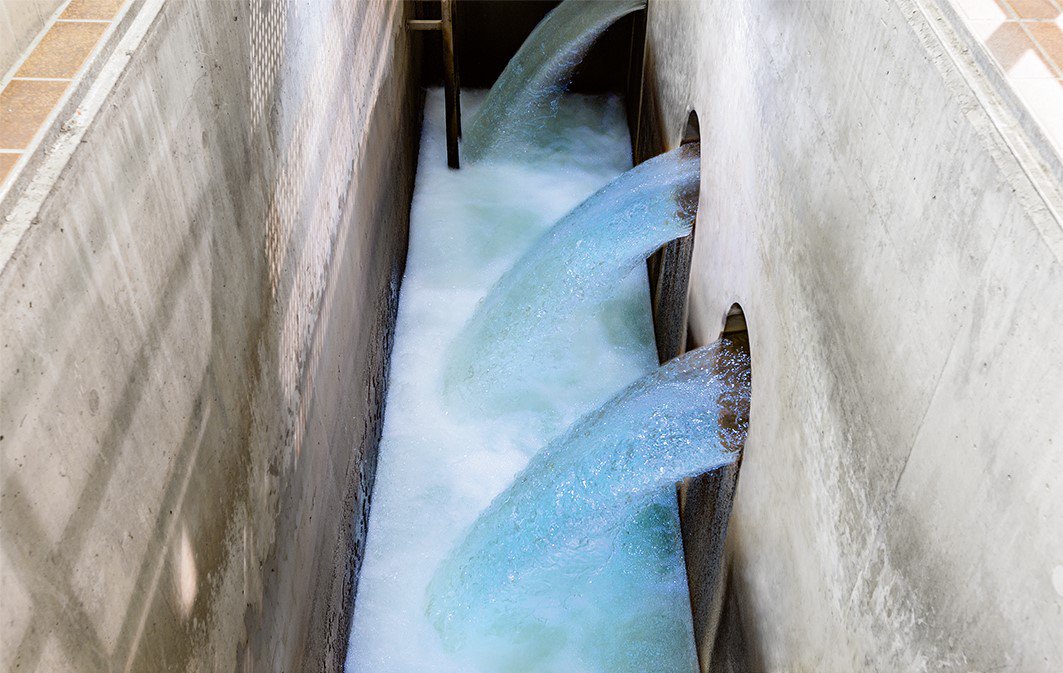VEGABAR measures reliably even under extreme pressures and temperatures
"Two is better than one." This saying isn't only used in colloquial speech. It also applies to difficult pressure measurements in specialty chemicals production facilities. Two VEGABAR sensors ensure reliable measured values and thus, a reliable process.
Specialty chemicals usually have exact specifications, adapted to a particular application in each case. The processes to make these chemicals are also subject to the same exact specifications, which have to be carefully controlled. Measurement technology is effectively the first link in a precisely coordinated process chain. In other words, if a particular measured value is not correct, the entire process may not necessarily fail, but it might consume too much energy or raw materials or the quality of the end product might lie outside the specification limits.
This was the case with a critical pressure measurement in a petrochemical process. The measuring point is located in a potentially explosive area. Temperatures are between +20 and +200° C with pressures between 1.5 and 200 kPa absolute. The pressure measurement at this point represents a decisive control variable in a fully automated process. This is because the efficiency of the process, and ultimately the product quality, depend on this variable. Even small deviations lead to instabilities in process control.
The pressure measurement was previously made using a standard differential pressure measuring system. This measurement setup uses an oil-filled capillary tube mounted on the outside of the 20 m high column. Fluctuating external temperatures (e.g. in countries with high temperatures during the day and cold winds at night) cause a drift in the measured values. These incorrect values cannot be corrected mathematically. Normally, this problem is solved by using larger process fittings for the pressure transmitter, but this was not possible because of structural reasons. In addition to this, the boiling point of the oil in the capillary tube drops due to the high temperatures and vacuum conditions, causing the oil to outgas. As a result, air bubbles form in the line, which also leads to an unstable measurement. With all of this working against the sensor, this measuring point regularly delivered inaccurate measured values.
VEGA pressure transmitters offer advantages under extreme conditions
The solution for strongly fluctuating ambient temperatures: Electronic differential pressure measurement with two pressure transmitters of the VEGABAR 80 series.
In this application, two VEGABAR 83 sensors are connected via an innovative software and hardware concept.
To cope with the high temperatures up to +200° C, engineers selected the METEC® measuring cell, which uses an alloy diaphragm and self-compensating temperature feature. This cell is elastomer-free, absolutely vacuum-proof, and has good thermal shock behavior. The thermal coefficients of the materials in the metallic measuring cell were matched to each other in such a way that temperature can no longer influence the measurement. When the oil expands during heating, the alloy and stainless steel free up just enough space to allow the oil to expand. Conversely, if the temperature significantly drops, this effect works in reverse.
This feature allows the pressure transmitter's process fitting to remain very small - just 1½". A pressure transmitter for this type of application would normally require a 3" (DN 80) fitting for a stable pressure measurement. VEGA's solution resulted in better measured values and the use of a smaller design.
Related applications
Batching tank for ointments

Level and pressure measurement and point level detection in ointment production in batch mode
To the applicationAutoclave

Level and pressure measurement in the autoclave
To the applicationProducts
We need your consent
This content is provided by an external provider. If you activate the content, personal data may be processed and cookies set.
Related articles

Pressure measurement in the ozone collection pipe
Read moreExport this article
Download as PDFShare this article
Comments ({{comments.length}})
{{getCommentAuthor(comment, "Anonymous")}} {{comment.timestamp | date : "dd.MM.yyyy HH:mm" }}
{{comment.comment}}







